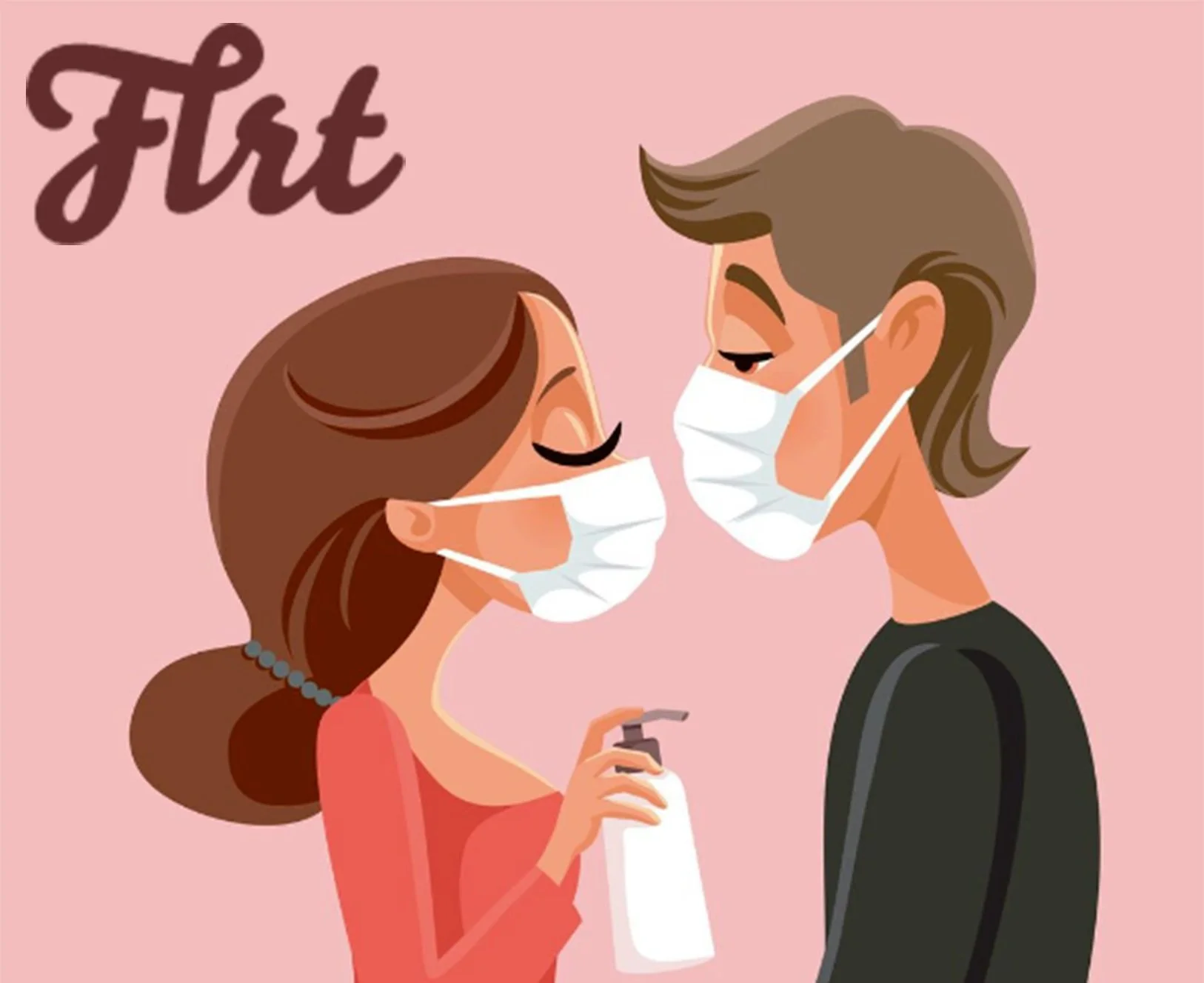Creating a Digital Romantic Space
MY ROLE Co-Creator, Researcher
TIMELINE September - December 2020
FLRT is a design project that was conceived for a course about digital project design. We came up with the idea for an online romantic third space in response to how difficult dating can be during the COVID-19 pandemic.
I worked on this design and experience with my collaborator and friend Tinu Thomas. We conducted research and created a prototype that can be used should we choose to further develop this idea.
Discovering our Path
GOAL: To identify a pain point and corresponding job to be done in the context of the pandemic
What We Did
In-class ideation session with How Might We and Jobs to be Done exercises
Voting and discussion on interesting jobs to be done
Made the decision not to design for ourselves. As Tinu and I both have long term partners, we wanted to see if we can create a dating experience for those in a different situation
What We Learned
Stepping into the shoes of user groups we don’t belong can be very helpful in finding pain points.
Short bursts of ideation will often result in a wealth of ideas to refine; the ability to choose from a lot of possibilities is very empowering
Ideas that begin as useful for one user group can often be expanded into larger ones; we found that this idea could be used by single and committed users
Competitor and User Research
GOAL: To create personas and user journeys based on interviews and a competitive analysis
What We Did
Interviewed 7 people: 4 committed and 3 single
Coded their responses by needs, behaviors, paint points, and motivations
Analyzed the pros and cons of dating apps and remote gathering tools
Created 2 personas and 2 user journeys based on this research
What We Learned
Single and committed people value safety and equal effort in their romantic lives
Finding people to date is not difficult for our users; the hardship comes from what to do with a partner and how to remain safe
Most concerns about dating applied across gender, sexuality, and relationship status
Feature Definition and Wireframing
GOAL: To decide what FLRT will include, and create wireframes based on these decisions
What We Did
Taking cues directly from our user research, we put together a list of features that we wanted to include in our designs.
Decided which features would take priority in our mockups
Created wireframes in Adobe XD for planning a date, hanging out with a partner online, and a pandemic dating blog
What We Learned
Not every feature can be realized in a wireframe when the project is time-boxed
Safety explainers and measures should be thought about and built into the beginning stages
Content can be high-fidelity for testing even if the design system is not fully developed
Usability Testing
GOAL: To assess the intuitiveness of our wireframes before elevating them to high fidelity
What We Did
Conceived of a moderated user test with 4 tasks
Conducted the test with 3 participants over Zoom
Compiled insights and complaints from the testing sessions to implement in our next iteration
What We Learned
Vocabulary that has a different meaning outside of the application should be avoided (e.g. “hangout”)
A crowd-sourced blog should not necessarily have a seamless experience. Resistance for the sake of deterring hate speech or spam is important
Photos and thumbnails can determine user interest
Final Mockups
GOAL: To elevate our wireframes into high-fidelity prototypes using a design system
What We Did
Decided on colors and fonts that would convey the tone we wanted
Added in a secure messaging feature
Polish and finalize the prototype
What We Learned
Taking time for free creative work is not only relaxing, but can inform design systems
Warm colors with cooler accents convey an inviting message
Reflection
Tinu and I were thrilled with how our designs turned out. We had a lot of fun and learned quite a bit out product development. Everything from ideation, research, and design was rewarding and we hope that this project can be realized.


